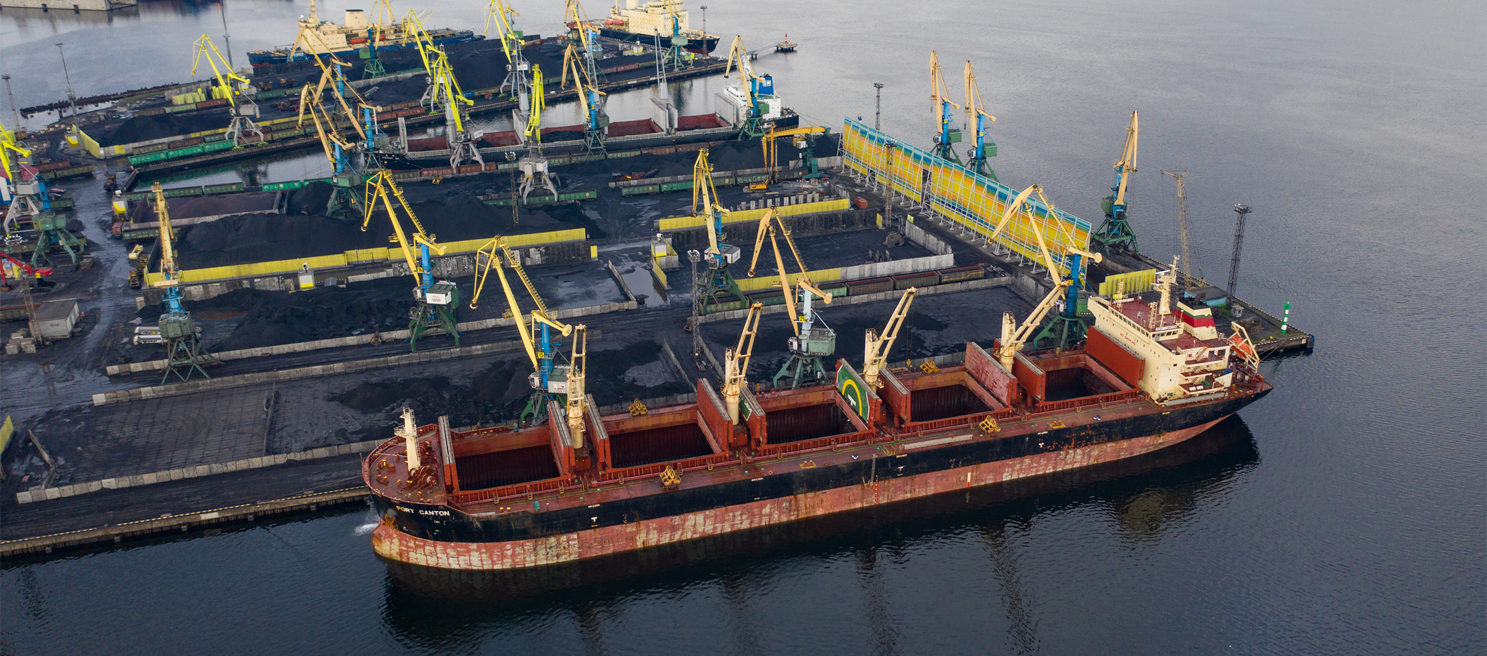Summary
The week saw significant economic indicators across various regions. In the USA, factory orders were expected to show a slight rise in February, countering January's decline. Germany also anticipated a small monthly increase after a substantial contraction in January, aligning with the Bundesbank's prediction of very low economic growth in 2024. Brazil and France showed mixed results, with slight contractions and reversals respectively. Turkey projected a healthy expansion in industrial production. Euro area inflation remained steady overall, with core inflation decreasing slightly. Meanwhile, Turkey experienced accelerated inflation alongside significant increases in producer prices.
Trade balances varied, with the USA continuing its negative trend, Brazil improving, and Germany awaiting publication. The IMF's World Economic Outlook April update was released, providing insights into global economic trends.
The narrative highlighted the consequences of underinvestment in the oil and gas sector, using examples from Mexico's Pemex and Exxon Australia to illustrate the challenges of sustaining production amidst declining reserves and regulatory delays. Additionally, the US core Personal Consumption Expenditure index reflected rising inflation, with implications for interest rates and government debt. Rising debt coupled with inflationary pressures posed challenges for economic policy, potentially impacting oil prices and necessitating strategic responses to balance inflation and debt management.














